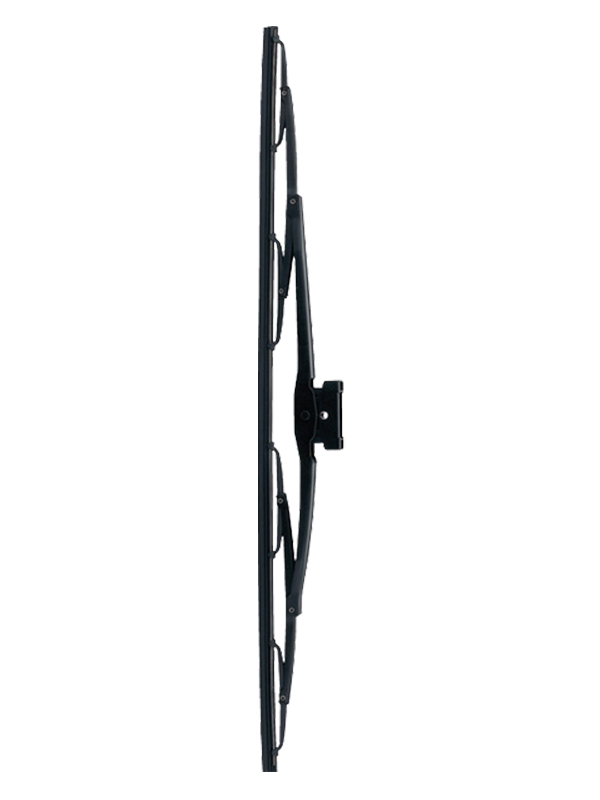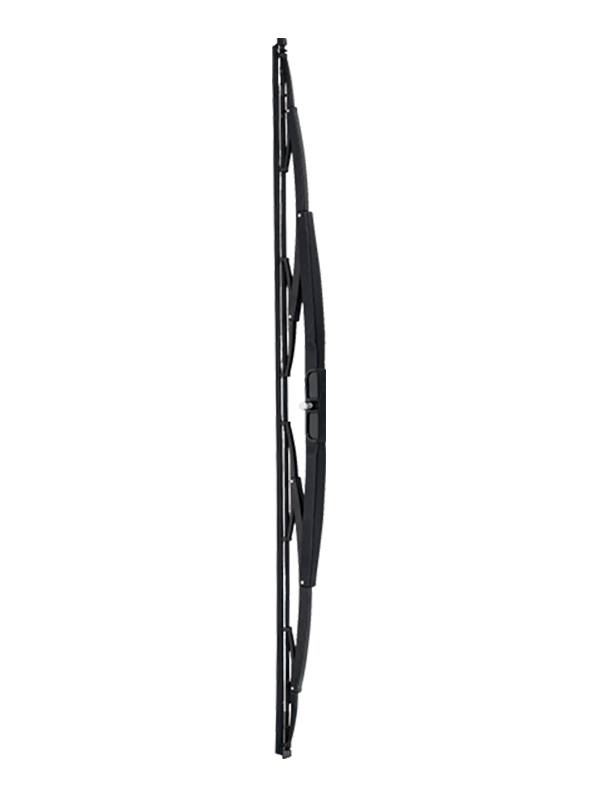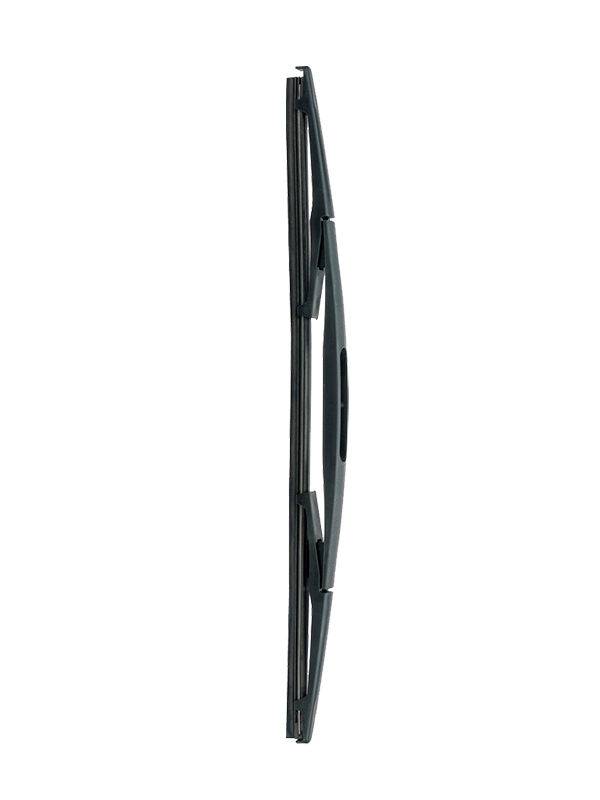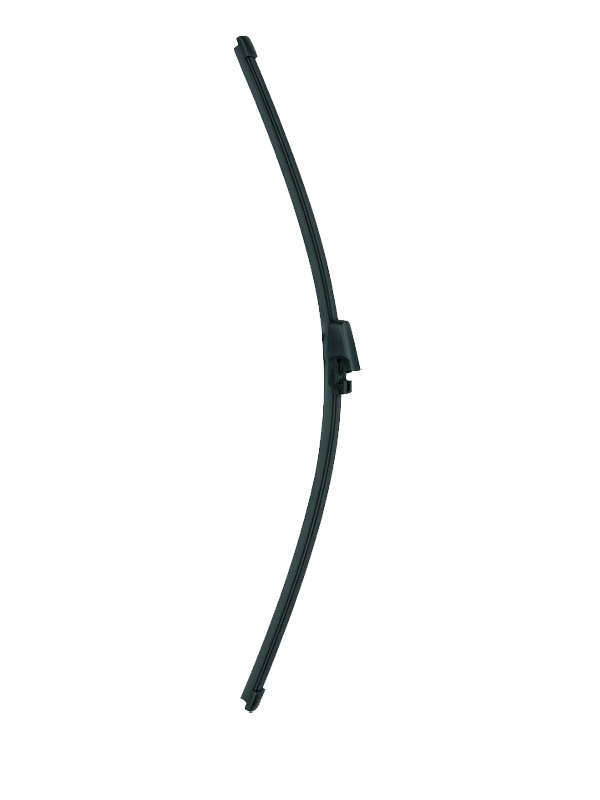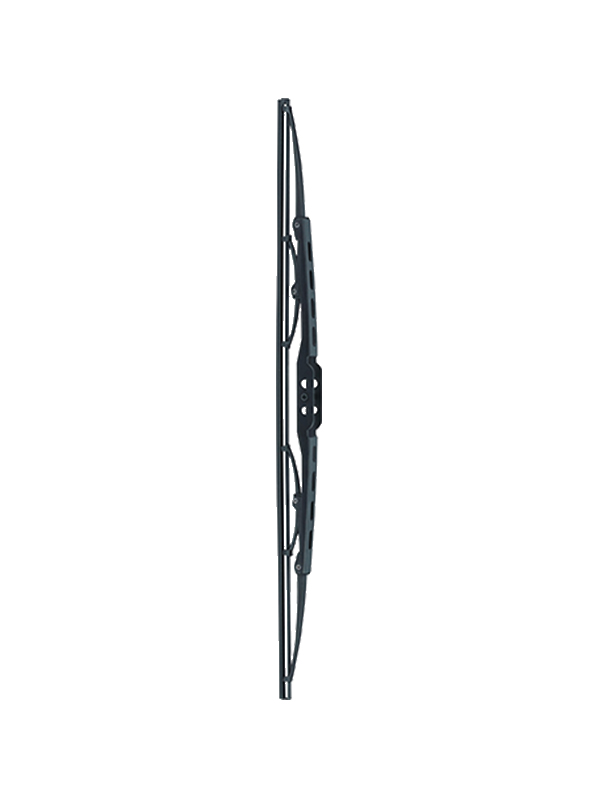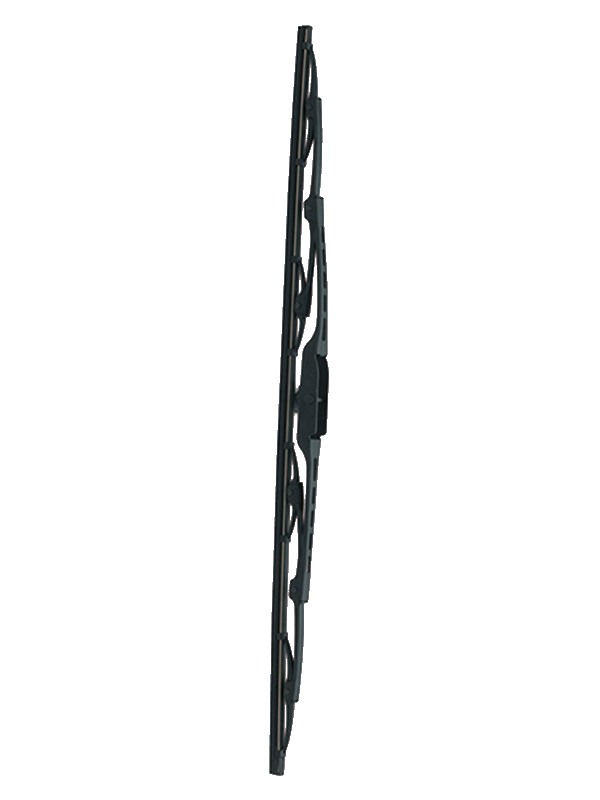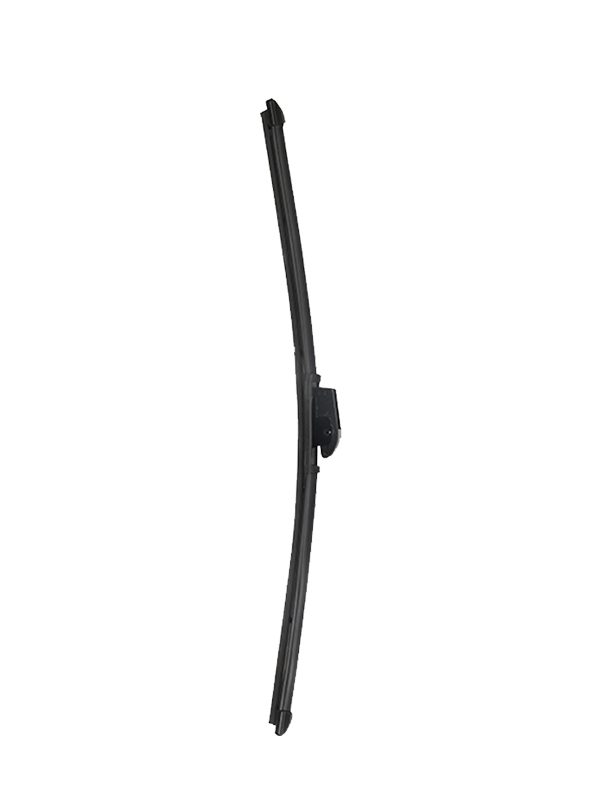Submit feedback
The Ultimate Guide to Rear Wipers: Function, Maintenance, and Replacement

Introduction to Rear Wipers
In modern automotive design, the rear wiper has become a critical component for ensuring clear visibility and driving safety. Unlike front wipers, which operate over a wide arc, the rear wiper is designed for targeted cleaning of the rear windshield. Its function is particularly vital for hatchbacks, SUVs, and vans, where the rear window tends to collect dust, rain, and road spray more easily. The rear windshield wiper not only contributes to visibility in adverse weather but also enhances overall vehicle safety by maintaining a clear rearward view, especially when reversing or driving in heavy rain.
Understanding Rear Wiper Components
A typical rear wiper system consists of four main components: the wiper blade, wiper arm, wiper motor, and washer nozzle. Each plays a distinct role in ensuring effective operation and long-term durability.
| Component | Description | Key Function | Material Focus |
|---|---|---|---|
| Wiper Blade | The flexible edge that directly contacts the glass surface | Clears water, dirt, and debris | Rubber, silicone, composite polymers |
| Wiper Arm | Connects the blade to the motor shaft | Transmits motion and maintains pressure | Aluminum alloy, coated steel |
| Wiper Motor | Powers the wiper system | Converts electrical energy to mechanical movement | Copper-wound motor with weatherproof housing |
| Washer Nozzle | Sprays cleaning fluid onto the glass | Assists in removing stubborn residues | Plastic or stainless nozzle with anti-clog design |
The integration of these components determines how efficiently a rear wiper performs across varying environmental conditions.
Material Advancements in Rear Wiper Blades
One of the significant developments in rear wiper technology lies in material optimization. Modern rear wiper blades increasingly adopt silicone and hybrid polymer compositions to achieve higher elasticity, UV resistance, and longer operational life. Compared to traditional rubber blades, these materials provide more consistent contact with the curved surface of the rear windshield, ensuring a cleaner sweep with minimal noise.
Moreover, the frame or backing structure of the blade now often uses graphite-coated metal or polymer-reinforced resin, which enhances corrosion resistance and maintains stability under temperatures. This is particularly beneficial for vehicles frequently exposed to humidity or road salt.
Material innovation has also simplified the process of wiper blade replacement — a critical aspect of car maintenance. With new quick-lock or push-button attachment mechanisms, drivers can replace worn blades without tools, reducing both maintenance time and the risk of damage to the rear glass.
Structural Design and Aerodynamic Efficiency
The design of the rear wiper has evolved from simple hinged blades to more aerodynamically optimized shapes. The beam-type wiper blade is now widely adopted due to its frameless structure, which applies even pressure along the entire sweep. This results in improved water dispersion and quieter operation during use.
In contrast, conventional wiper blades rely on a metal frame and pivot joints, offering structural rigidity but less uniform contact. Hybrid designs merge the advantages of both — combining a protective aerodynamic shell with a flexible internal frame, suitable for the unique curvature of modern rear windshields.
These designs not only enhance cleaning efficiency but also contribute to energy savings. A balanced aerodynamic profile minimizes drag and reduces the workload on the wiper motor, indirectly extending the lifespan of the electrical system.
Maintenance and Inspection Guidelines
Proper rear wiper maintenance is a vital yet often overlooked aspect of car maintenance. Vehicle owners should inspect the rear wiper blade at least once every six months, checking for cracks, deformation, or streaking marks on the rear windshield. A damaged blade can leave water films or scratches, significantly impairing visibility.
When cleaning, the use of mild soap and water is recommended to remove dirt or oily residues from the blade surface. Harsh chemicals or glass cleaners containing ammonia can degrade the rubber or silicone edge, reducing the wiper’s lifespan.
Regular cleaning also prevents buildup that can cause uneven wiping or squeaking noises. For vehicles frequently driven in dusty or coastal environments, more frequent inspections and cleaning are advisable.
When and How to Replace a Rear Wiper Blade
Timely replacement of a rear wiper blade ensures consistent visibility during rain or snow. Most experts recommend replacement every 6–12 months, depending on driving conditions and climate.
Before replacement, confirm that the vehicle is securely parked and the rear wiper arm is lifted gently to avoid damaging the windshield. Correct alignment of the new blade is crucial – incorrect installation may result in vibration or insufficient contact pressure.
A simple replacement process generally follows these steps:
Remove the old wiper blade by releasing the locking tab.
Attach the new blade by sliding it into the mounting point until it clicks.
Test the new blade by activating the rear wiper briefly to ensure smooth operation.
Following these steps helps maintain the effectiveness of the rear windshield wiper and prevents costly damage to the glass surface.
Choosing the Right Rear Wiper Blade
Selecting the proper wiper blade requires attention to vehicle specifications, blade size, and weather conditions.
| Selection Factor | Consideration | Recommendation |
|---|---|---|
| Vehicle Compatibility | Match to specific make and model | Refer to user manual or OEM specification |
| Blade Material | Determines durability and performance | Choose silicone or hybrid polymer for extended use |
| Blade Type | Affects wiping efficiency and noise level | Beam or hybrid design for better contact pressure |
| Climate Adaptability | Resistance to UV, heat, and cold | Opt for weatherproof coating or graphite treatment |
| Price-to-Performance | Balance cost and lifespan | Avoid low-quality options that wear quickly |
By choosing an appropriate rear wiper blade, drivers ensure performance during various driving conditions, from heavy rain to frost accumulation.
Troubleshooting Common Rear Wiper Issues
Despite their simple mechanism, rear wipers can encounter operational issues due to mechanical wear or electrical faults.
Wiper Not Working
Possible causes include a blown fuse, disconnected wiring, or a faulty motor. Check the vehicle’s fuse box and ensure all connections are secure before considering motor replacement.
Wiper Moving Slowly
Accumulated debris at the pivot joint or reduced motor efficiency can cause sluggish motion. Cleaning and lubrication of the wiper arm joint often restore normal speed.
Wiper Streaking or Smearing
If the rear windshield wiper leaves streaks, the issue may lie in dirt buildup or a hardened rubber edge. Cleaning or timely wiper blade replacement usually resolves this.
Addressing these issues promptly not only restores performance but also prevents additional wear on related components.
Conclusion
The rear wiper plays an indispensable role in modern vehicle safety by maintaining clear rearward visibility under challenging conditions. Through advancements in blade material technology and aerodynamic design, today’s rear wipers deliver quieter operation, improved cleaning precision, and longer service life.
For vehicle owners, regular inspection, cleaning, and wiper blade replacement are essential parts of responsible car maintenance. Selecting a high-quality rear wiper ensures performance, reduces operational noise, and enhances overall driving safety — proving that even a small component can have a major impact on road visibility and comfort.


 English
English  中文简体
中文简体 

